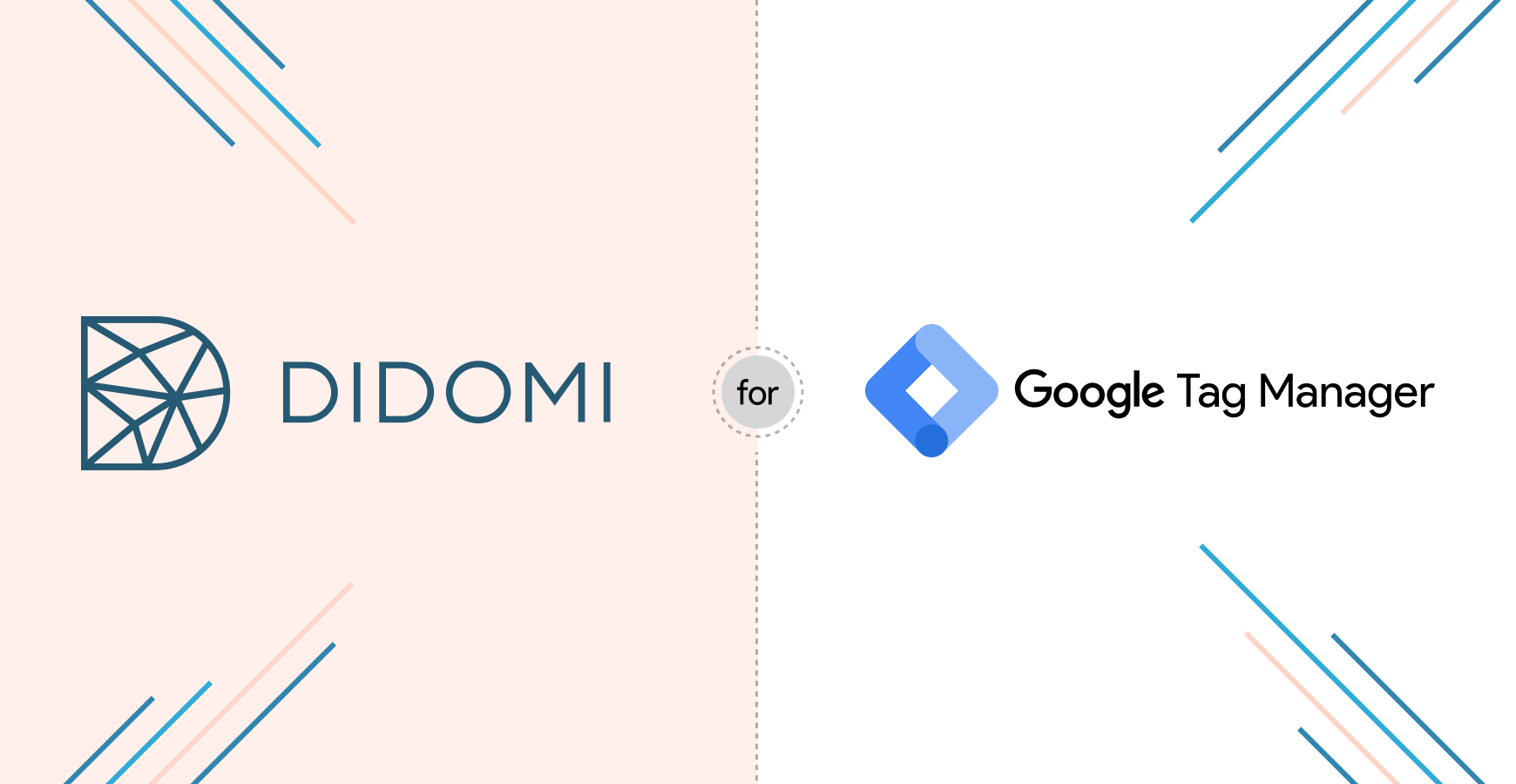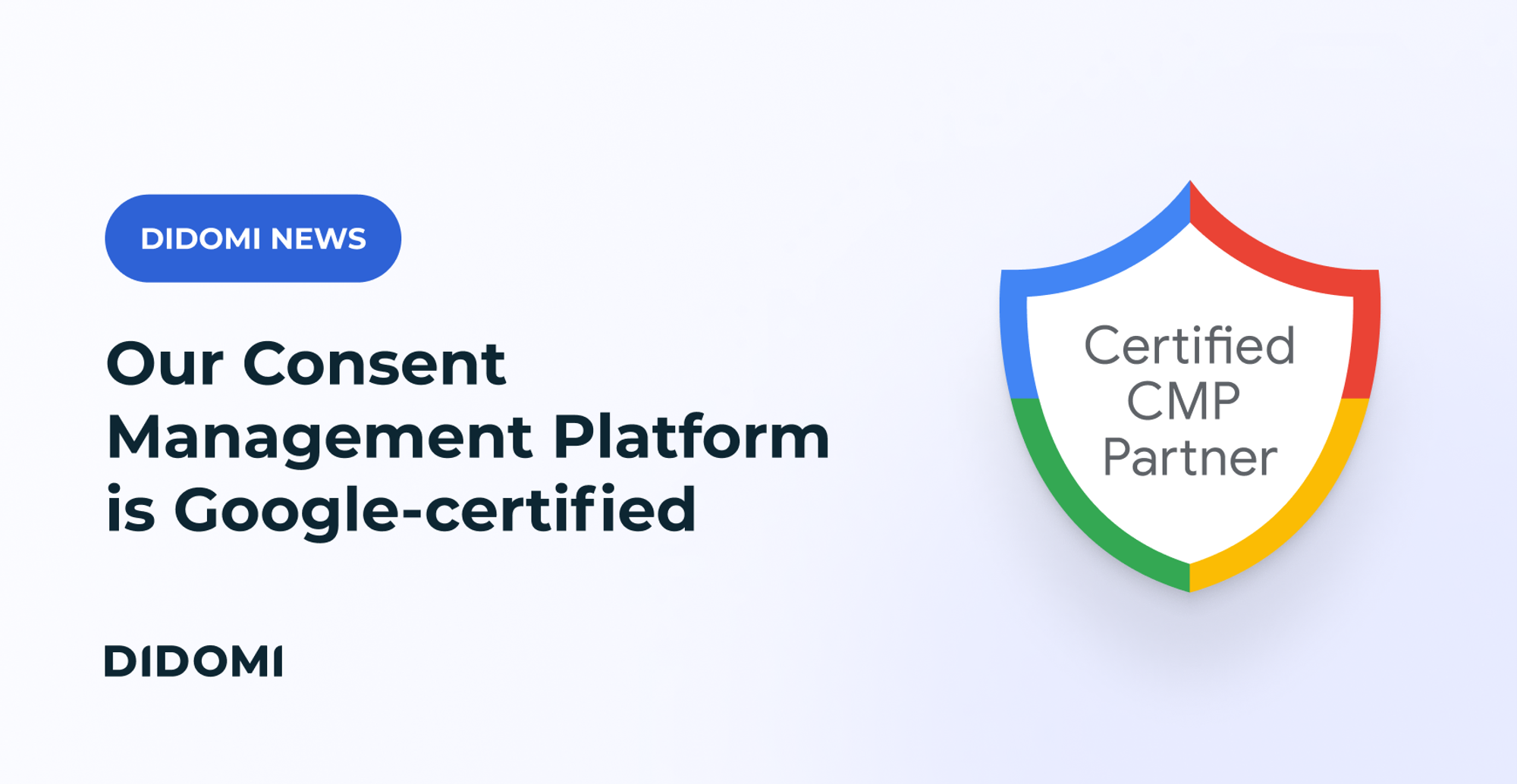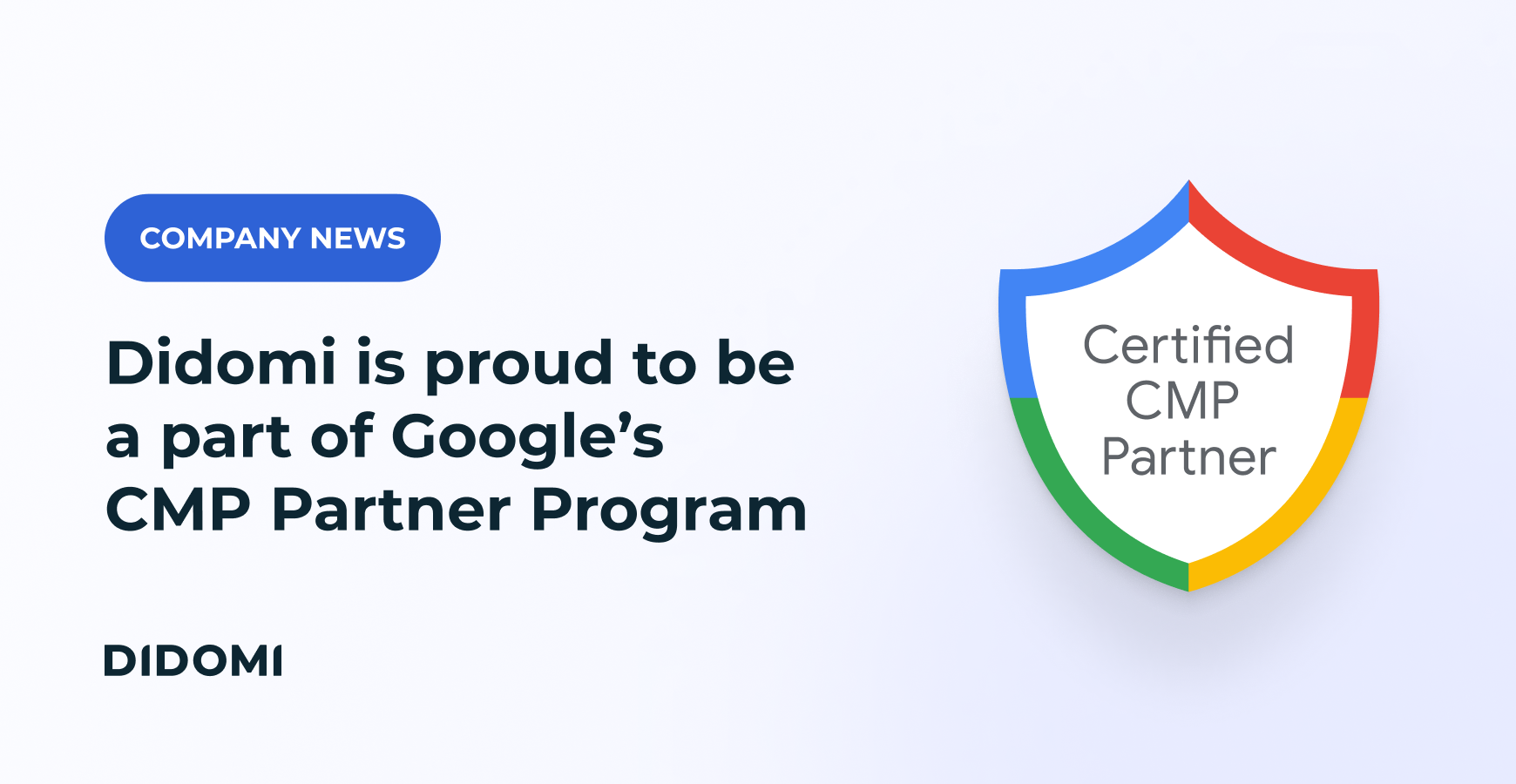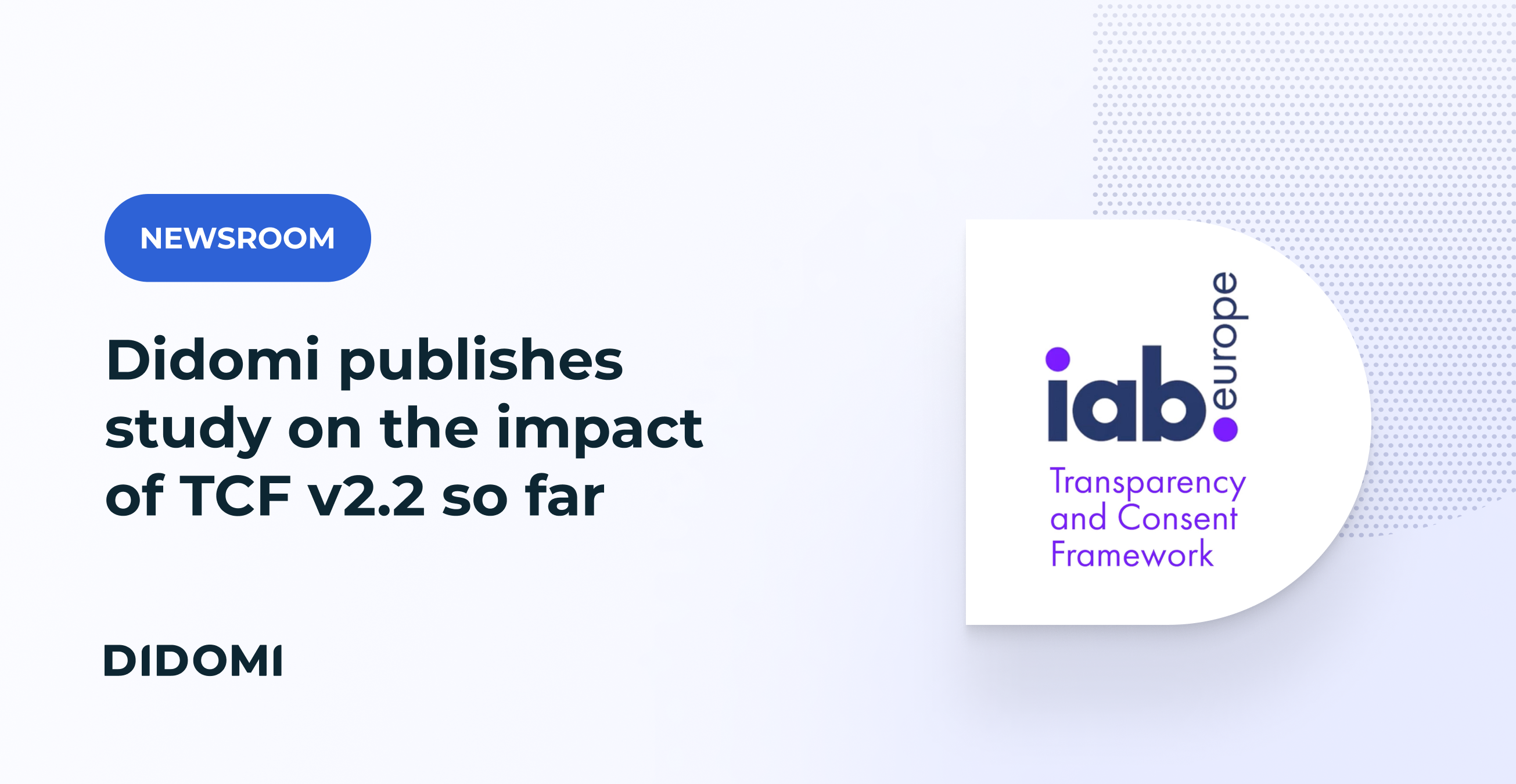Google Tag Manager (GTM) changes the game for marketers, opening up a new world of possibility in terms of tracking and data analysis.
However, you need user consent to be able to track behavior with GTM tags. This is where the Didomi for Google Tag Manager integration comes into play. Carry on reading to find out how to protect the privacy of your end-users, while balancing your needs for data-driven business.
Summary:
Google Tag Manager: Changing the game for marketers
Google Tag Manager (GTM) changes the game for marketers, opening up a new world of possibility in terms of tracking and data analysis. Let’s jump straight into what it is, and how it can transform the way you monitor website performance.
What are tags?
Let’s start at the beginning. What exactly are tags? Tags are snippets of website code that measure traffic and visitor behavior. Tags make it easy to target your audience, leverage remarketing, and test and improve your website.
Think of tags as a way to monitor your app or website activity, allowing you to optimize performance for marketing purposes by better understanding your users’ behavior.
Normally, a website or app uses several different tags to be able to track multiple behaviours and flows. A website with a lot of tags is undeniably more complex to manage compared to one with a low amount of tags.
This is where Google Tag Manager comes in.
What is Google Tag Manager (GTM)?
Google Tag Manager (GTM) is a tag management solution that gives you the ability to add and update your own tags for conversion tracking, site analytics, remarketing and more.
In simple terms, Google Tag Manager (GTM) will improve your marketing by giving you invaluable insights into what can cause an increase (or decrease) in website activity.
Does changing the color or position of a call-to-action button increase clicks? Does publishing a blog post increase website visits? GTM tags can monitor this, allowing you to use website analytics to make better informed marketing decisions, and maximise website performance.
Moreover, by tagging your site and using Google Tag Manager in conjunction with Google Analytics, you’re able to collect more data than you would otherwise be able to.
Google Tag Manager gives marketers access to that all-important data without needing to deal with code or relying on a developer. You no longer need to code each tag yourself, it can be done directly through the GTM interface.
There are a few key benefits to this:
-
No need to manually code tags, freeing developer time as complex code is not required
-
Much easier to control and implement the tags for all you marketing purposes
So, it’s safe to say that GTM is a game changer. But how can you get the most out of this tool, without relying on a team of developers to edit the code?

Didomi for GTM: Enjoy data driven business, while protecting user data rights
The Didomi for Google Tag Manager integration allows you to control all third-party tags on your website based on the consent status of your end-users.
With this integration in place, Didomi clients have the option to automatically block all trackers until the user has given their consent.
Once the user has made their consent choices, the Didomi SDK will then fire an event with the list of vendors the user has consented to, which will ensure that Google Tag Manager only tracks user behavior with valid user consent.
If a user decides not to give their consent to marketing cookies, for example, when they arrive on your domain, the Didomi CMP ensures that tags that set such cookies in Google Tag Manager don’t fire.
No user consent, no GTM tags are fired, no GDPR infringement. It’s as simple as that!
This allows you to protect the privacy of your end-users, while balancing your needs for data-driven business. You still have access to invaluable data insights, but your users have the data rights they deserve.
How do I enable Didomi for GTM integration?
For Didomi clients, the process couldn’t be easier. If you are configuring Didomi for GTM through the Didomi Console, enable the GTM integration in the Integrations tab of your consent notice by selecting the box in the image below:
Switch a toggle in the Didomi Console and make sure to configure GTM to only fire tags after consent has been collected for every vendor. The key idea is that Didomi pushes GDPR consent information into Google Tag Manager. For more information, find our technical documentation here.
Marketers, you can sit back and relax! Spend your time doing what matters most to you: analyzing website performance and bringing data together to create actionable insights.
Get the marketing results you want, safe in the knowledge that you’re doing so without compromising user data rights, and without dealing with complex source code.
No Devs, no GDPR infringements.
Didomi ensures that a deep knowledge of source code is not necessary to protect the privacy of your end users. So, make your GTM GDPR compliant, and place consent at the core of your strategy with Didomi.
Any questions? Contact us.






